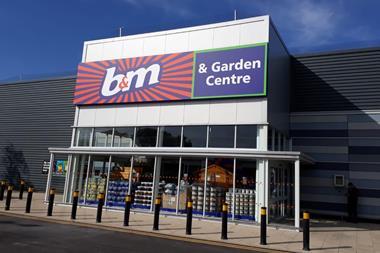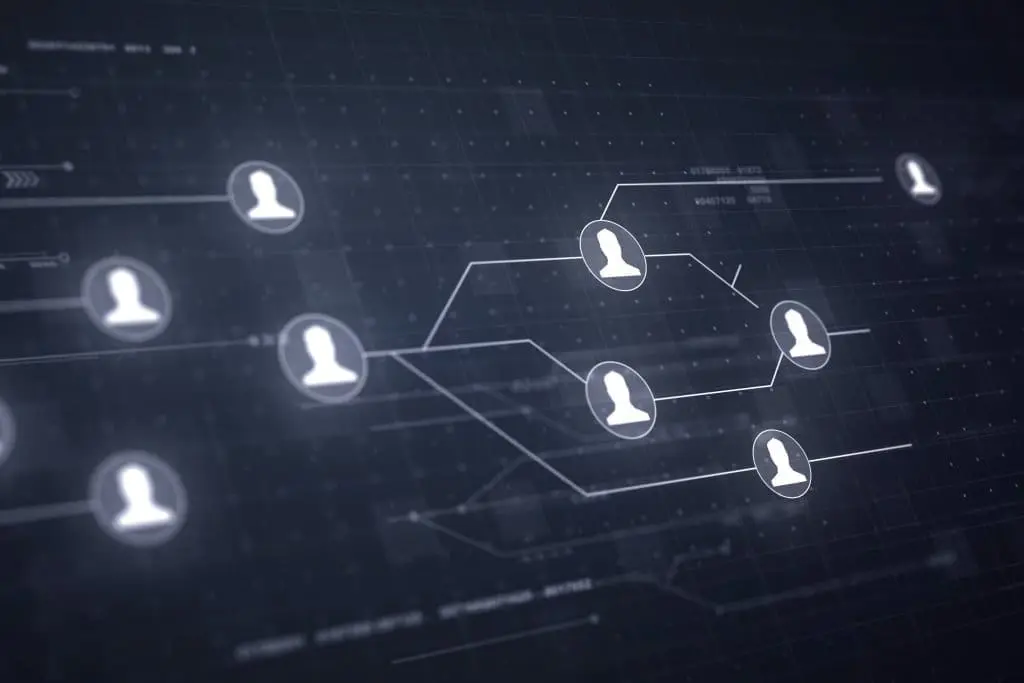By Peter Hobson, Senior Analyst at Third Bridge.
As COVID-19 rapidly upended economies, ensuring there was sufficient liquidity in the market was an immediate priority for central banks as investor concerns mounted.
Although stimulus packages might have mitigated the initial systemic risk, they’re likely to bring challenges of their own – which may not materialize for months or even years. Against the backdrop of a distorted market, questions are now surfacing about how favorable today’s risk-reward dynamics are. Some credit investors we’re talking to are concerned that too many companies are being kept on life support.
Since March, when the US and European lockdowns began, we’ve seen an uptick in credit funds leveraging Third Bridge Forum content, in a sign that investors are seeking greater expert advice in these turbulent times. Investors are looking for opportunities in hard-hit industries as well as individual companies with unsustainable capital structures. Most notably, we’ve seen heightened interest in businesses with consumer discretionary exposure, as well as consumer finance, the automotive sector, B2B services and industrials, alongside an ongoing interest in the travel and leisure industry.
We expect the broad base of credit funds Third Bridge works with to capitalize on a wave of new investment vehicles that will look for dislocation to acquire high-quality assets trading at distressed prices – both now and in the future depending on how further volatility, credit downgrades and defaults develop. And the biggest determinant of economic recovery will depend on how quickly “normal” behavior by consumers and businesses picks up – or a “new normal” ensues.
Raising additional debt, coupled with investor willingness to refinance existing debt, is prolonging the inevitable for many companies, as central banks’ backstops might not last forever. The intervention’s magnitude has disrupted the typically Darwinian nature of markets, making it even more difficult to distinguish strong from weak companies. As one illustration of the upcoming struggle, S&P Global Ratings expects the US trailing-12-month speculative-grade corporate default rate to jump from 3.5% in March 2020 to 12.5% a year later.
A surge in zombie companies – indebted firms earning just enough to survive – could materialize as a result of recent debt raises with the dash for cash that we’ve seen over the last few months. Some market commentators have warned that this could have myriad long-term consequences, dampening productivity and economic growth, as these zombie companies have no excess capital to reinvest in their own growth. According to Bloomberg, Europe’s share of zombie companies has jumped to over 10% due to coronavirus-related stresses. This percentage is expected to rise further over the next few quarters, with companies also increasingly vulnerable due to Brexit woes.
With profits wiped out, debt piling up and an uncertain recovery outlook, a big question remains for when the dust settles: what is the solvency of these propped-up businesses?







